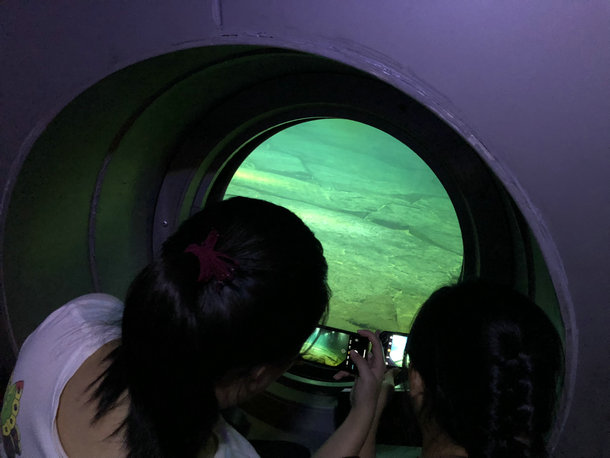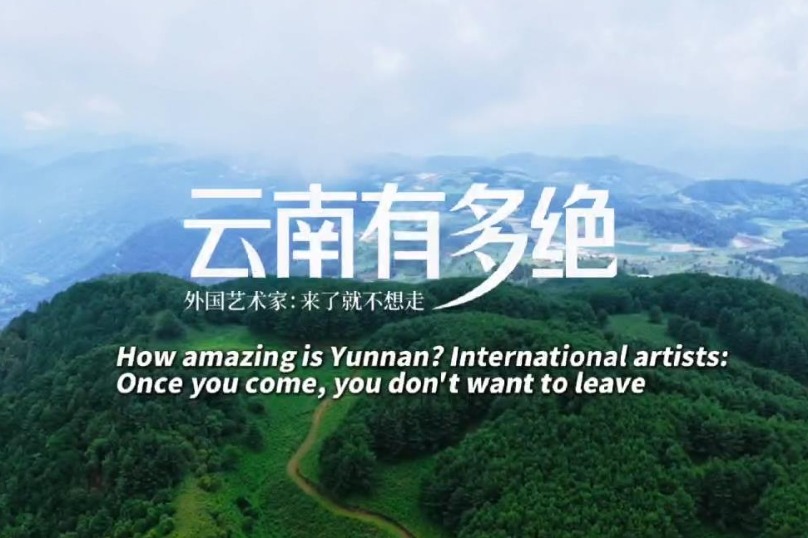Underwater world


Valuable relics
There is a long history of human hydrographic observation dating back to ancient times. And the records are found in the Nile River basin, the Euphrates River valley and China's Yellow River basin.
Yet the stone fish water gauge on White Crane Ridge is a key development in the world's ancient hydrographic observation. It shows the low-water mark as a fish's eye, and equates to a zero-water level in the river's upper reaches.
There is a local saying that if the stone fish can be seen in winter, the coming year will provide an abundant harvest.
The fish carving is more than 1,100 years older than the Jianghanguang gauge created in 1856 in Wuhan, the capital of Hubei province, in the middle reaches of the Yangtze River.
There are a total of 165 inscriptions, 108 of which record the water levels in 72 low-water years from 763 AD in the Tang Dynasty (618-907) up to 1963.
The inscriptions show the hydrographic variations in the upper and middle reaches of the Yangtze River during the years of drought.
"These records are the most authentic and reliable ancient hydrographic data," says Huang Dejian, the deputy director of the White Crane Ridge Underwater Museum.
The data provides scientifically valuable information about water transportation in the Yangtze River and water conservancy projects, especially for the Gezhouba Dam, the first one on the river built in 1971 and the later Three Gorges Dam, he adds.
In addition to its scientific value, the ridge inscriptions showcase a collection of works by generations of exceptional calligraphers and authors.
When the ridge was exposed in the past, many would write or inscribe poems on the rocks.
About 700 visitors have left their names and more than 300 literati etched over 30,000 characters in eight calligraphic forms there. The most celebrated work was carved by Song Dynasty (960-1279) scholar Huang Tingjian.

































